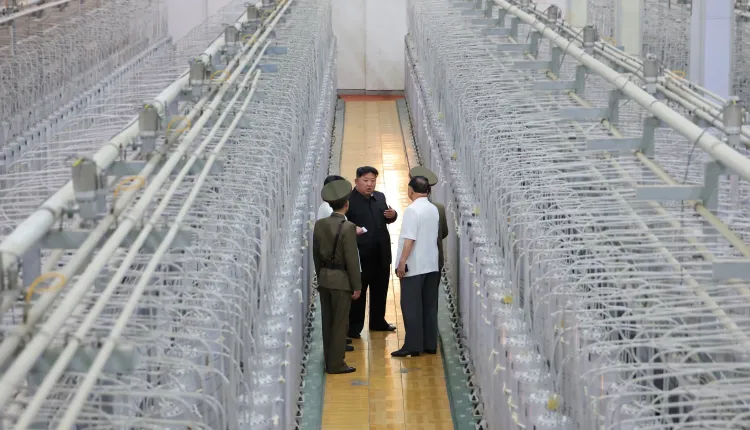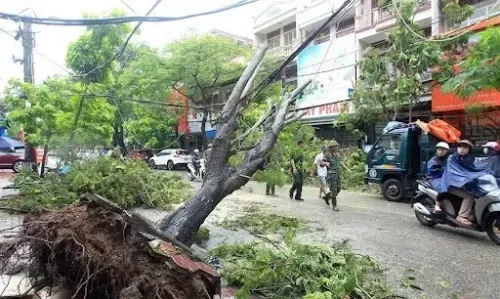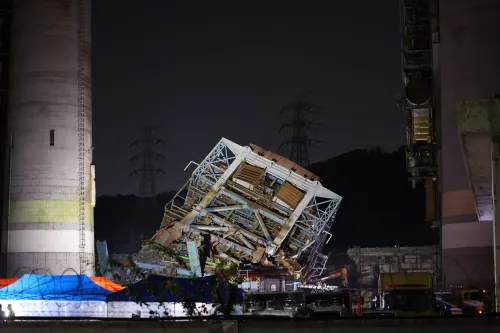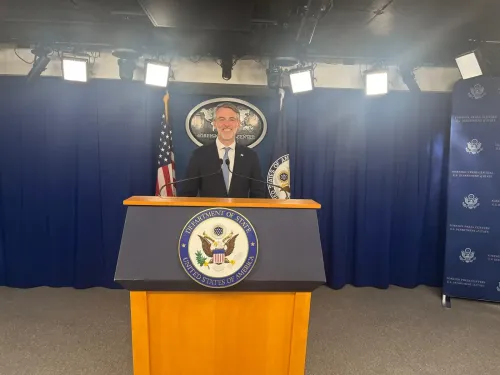Is there any change in radioactive levels in the Yellow Sea amid North Korean nuclear waste concerns?

Synopsis
Key Takeaways
- No significant change in radioactive levels in the Yellow Sea.
- Monitoring of North Korean nuclear activities is ongoing.
- Radiation levels remain within normal ranges across South Korea.
- Public health and safety remain priorities for the South Korean government.
- Potential signs of North Korea's nuclear arsenal expansion are emerging.
Seoul, July 1 (NationPress) - The South Korean unification ministry reported on Tuesday that there has been no significant alteration in radioactive levels in the Yellow Sea, following a report regarding North Korea's suspected release of wastewater from its uranium refining facility located in North Hwanghae Province.
In June, Daily NK, a South Korean news organization specializing in North Korean issues, revealed that North Korea has been operating a uranium refining plant in Pyongsan County and has begun discharging uranium waste directly into rivers that flow into South Korea.
The unification ministry of Seoul stated that it has been diligently monitoring North Korea's nuclear activities, including operations from the uranium refining facility in Pyongsan, in collaboration with relevant governmental bodies.
"Regarding regular assessments of radioactive levels in the Yellow Sea by relevant agencies, there has been no significant change," an official from the ministry told reporters anonymously.
"However, as this matter directly affects our citizens' health and safety as well as the environment, the ministry is actively engaging with other agencies to formulate an appropriate response to the situation."
The Nuclear Safety and Security Commission (NSSC) also reported that its on-site measurements of radiation levels throughout the country, including on Ganghwa Island, indicated no abnormalities, as reported by Yonhap News Agency.
As of 11 a.m., radiation levels across South Korea ranged from 0.059 to 0.212 microsieverts per hour, with Ganghwa Island measuring 0.143 microsieverts per hour, all of which are within the normal range of 0.05 to 0.3 microsieverts per hour, according to the NSSC.
Recent satellite imagery has suggested the construction of a suspected uranium enrichment facility at North Korea's main nuclear complex in Yongbyon, located north of Pyongyang, as reported last month by Beyond Parallel, a monitoring initiative based in the U.S., indicating North Korea's potential efforts to expand its nuclear arsenal.









